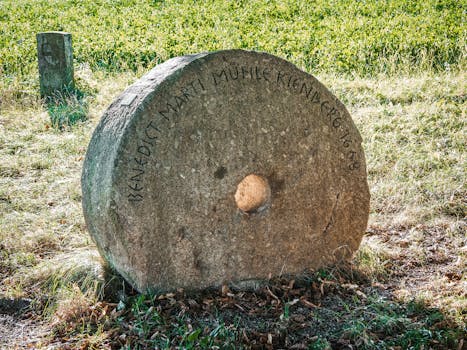
Unearthing the Past: A Journey Through Historical Artifacts from Ancient Civilizations
Takeaways:
- Historical artifacts provide invaluable insights into ancient cultures and civilizations.
- Key artifacts from civilizations such as Egypt, Mesopotamia, Greece, Rome, and China reveal their unique practices and societal structures.
- Preserving and studying these artifacts is crucial for understanding human history and heritage.
Artifacts from ancient civilizations serve as tangible links to our past, illuminating the lives, beliefs, and innovations of people who lived thousands of years ago. These remnants of history not only captivate our imagination but also provide critical insights into the development of human culture. In this article, we will explore some of the most significant historical artifacts from various ancient civilizations, examining their cultural context and the stories they tell.
The Treasures of Ancient Egypt

One of the most iconic artifacts is the Rosetta Stone, discovered in 1799. This granodiorite stele inscribed with three scripts (Greek, Demotic, and hieroglyphs) was crucial in deciphering Egyptian hieroglyphs, opening up an entire world of understanding about ancient Egyptian culture, language, and administration.
Another remarkable artifact is the mask of Tutankhamun, made of gold and precious stones. This funerary mask, discovered in the young pharaoh’s tomb in 1922, symbolizes the wealth and artistry of ancient Egyptian craftsmanship. The discovery of the tomb itself provided a trove of artifacts that shed light on the burial practices and beliefs about the afterlife in ancient Egypt.
Insights from Mesopotamia
Moving on to Mesopotamia, often referred to as the “cradle of civilization,” we find some of the earliest examples of writing and urban development. The Code of Hammurabi, a basalt stele dating back to around 1754 BC, is one of the oldest deciphered writings of significant length in the world. This code established laws and consequences, showcasing the importance of governance and societal order in early urban life.
The Ziggurat of Ur is another fascinating artifact from Mesopotamian civilization. This massive structure served as a temple and administrative center, highlighting the architectural advancements and religious practices of the Sumerians. Excavations at Ur have revealed numerous artifacts, including pottery, tools, and jewelry, providing insights into daily life and trade in ancient Mesopotamia.
The Legacy of Ancient Greece and Rome
Ancient Greece is known for its contributions to art, philosophy, and politics. Artifacts such as the Parthenon Marbles, originating from the Parthenon in Athens, reflect the architectural and artistic brilliance of the time. These sculptures depict various mythological scenes and are invaluable for understanding Greek mythology and religious practices.
Meanwhile, the Romans left behind a plethora of artifacts that showcase their engineering prowess and cultural practices. The Colosseum, an iconic symbol of Roman architecture, reflects the social and entertainment dynamics of ancient Rome. Artifacts found within the Colosseum, such as gladiatorial equipment and amphitheater-related items, provide insights into the entertainment culture of the time.
Ancient China: A Rich Tapestry of Artifacts
China’s ancient civilization boasts a rich history filled with artifacts that reflect its intricate culture. The Terracotta Army, discovered in 1974, is one of the most significant archaeological finds in history. This vast collection of life-sized terracotta sculptures was buried with the first Emperor of China, Qin Shi Huang, to protect him in the afterlife. Each figure is uniquely crafted, providing a glimpse into the military structure and artistic capabilities of the Qin dynasty.
Additionally, the Silk Road artifacts highlight the extensive trade networks established during ancient times. Items such as silk, spices, and ceramics exchanged along these routes showcase the cultural and economic exchanges that shaped ancient Chinese society.
Conclusion








